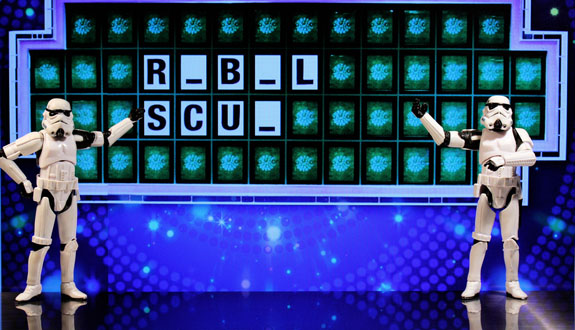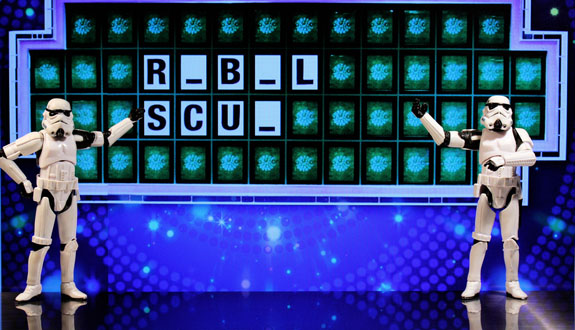Defeating Tricky Logic Games Through Scenarios
- by
- Nov 08, 2014
- Advice on Logic Games, LSAT
- Reviewed by: Matt Riley


Note: As of August 2024, the LSAT will no longer have a Logic Games Section. The June 2024 exam will be the final LSAT with Logic Games. Learn more about the change here.
It’s Saturday night and, of course, you’re taking the time to relax, kick back, and organize your action figures. You’ve got a fine collection of seven treasured man-dolls, but prized among all others are Qui Gon Jinn, Obi Wan Kenobi, young Anakin Skywalker, and Luke. Naturally you keep them in that order, to remain consistent with their apprenticeships and paternal lineage. A true thing of beauty.
But you puzzle, as you push your glasses up on your nose, how many ways you could arrange your seven total action figures, while maintaining the Force-endowed Foursome block. Naturally, you need to have Batman first and Superman last, to keep them apart and prevent them from fighting. What options does this leave you?
We’re dealing with a big block of four players, and there’s really only so many places it can go. If slot one and slot seven are occupied by Batman and Superman, respectively, then the only two places we can squeeze our foursome is in slots 2 through 5, or in slots 3 through 6. This summons from our Utility Belt the all-powerful scenarios.
We have only two possibilities, starting our block on 2 or on 3. As such, you can draw out the first possibility, and note that that means our seventh piece, Spock, has to go in slot 6. Similarly, if we start on 3, then Spock must go in slot 2. Having these scenarios, and recognizing the limited ways in which the game can play out, are a huge help as you look towards the questions.
Even the arrangement of a deck of cards could, in theory, be laid out with scenarios. Due to the nefarious nature of factorials we’d be looking at about 8 x 10^67 different scenarios (try doing that in under 35 minutes), but it’s mathematically legit.
What saves us from having to map out the several thousand possibilities entailed by ordering, say, 7 slots, are 1. Rules and 2. Deductions. These present restrictions that each can eliminate hundreds, even thousands, of possibilities. Understand the rules fully and make all the appropriate deductions and you can narrow the 5,040 ordering possibilities that come with seven slots down to just the two described above.
Search the Blog

Free LSAT Practice Account
Sign up for a free Blueprint LSAT account and get access to a free trial of the Self-Paced Course and a free practice LSAT with a detailed score report, mind-blowing analytics, and explanatory videos.
Learn More
Popular Posts
-
logic games Game Over: LSAC Says Farewell to Logic Games
-
General LSAT Advice How to Get a 180 on the LSAT
-
Entertainment Revisiting Elle's LSAT Journey from Legally Blonde








